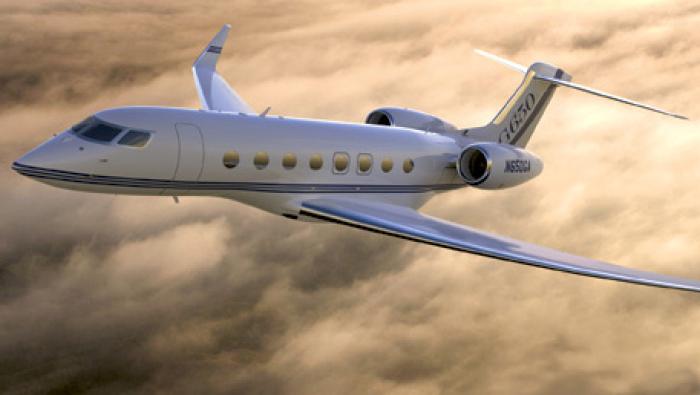Boeing and the Lion Air Group on Wednesday celebrated the handover of the first 737 Max 9 during a ceremony held Wednesday at the manufacturer’s Seattle delivery center. Plans call for the airplane to enter service with Thai Lion Air, which expects to use the latest Max variant to launch several international routes.
“The 737 Max 9 is a perfect fit for our growing business in Thailand,” said Thai Lion Air chairman and CEO Darsito Hendro Seputro. “The 737 has been the backbone of our business since we began, and we will use the added capacity the airplane provides to expand our network and start additional routes to Bangladesh, China, and India.”
The launch customer for the Max 9, the Lion Air Group also became the first operator to place into service the baseline Max 8. It has placed firm orders for another 200 Max jets and has announced a commitment for 50 Max 10s, the largest version of the four-member family.
Designed for a capacity of up to 220 passengers and a range of 3,550 nm, the 737 Max 9 carries three more rows of seats than the Max 8, which nevertheless has collected most of the orders for the four Max variants. Although Boeing declines to break down order numbers by model because, it says, some customers retain rights to move from one to the other, the Max 9 has drawn far fewer initial commitments than has the Max 8 or the more recently launched Max 10—the largest of all the Max variants.
Although industry analysts expect the Max 10 to “cannibalize” the Max 9’s market to a degree, Boeing Commercial Airplanes marketing vice president Randy Tinseth insisted at the recent Singapore Airshow that while a small proportion of the new orders and commitments for the Max 10 represent transfers from Max 9s, most were completely new, suggesting that the Max 10 has not significantly compromised demand for the smaller variant.
Addressing the demand mix for the Max family, Tinseth estimated that between 60 and 65 percent of orders will go to the baseline Max 8, 20 to 25 percent to the Max 9 and 10 and roughly 10 percent “on the lower end of that market,” namely the Max 7.
Crucially, Tinseth did not separate demand estimates for the Max 9 and Max 10, the smaller of which leasing company Avolon said would find itself all but squeezed out of the market in a report that it issued last summer.







